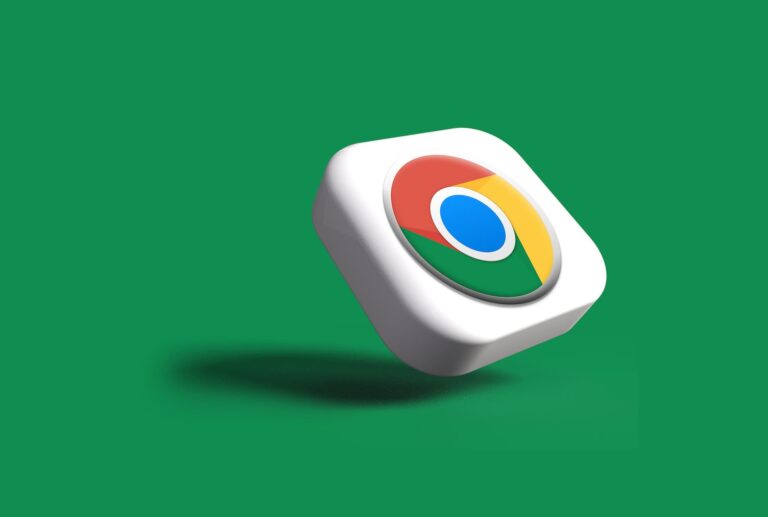
AR continues to evolve and take shape. Like other tech sectors, it has spawned several sub-sectors that comprise an ecosystem. These include industrial AR, consumer VR, and AR shopping. Existing alongside all of them – and overlapping to some degree – is AR marketing.
Among other things, AR marketing includes sponsored AR lenses that let consumers visualize products in their space. This field – including AR creation tools and ad placement – could grow from $3.4 billion in 2022 to $14.5 billion in 2027 according to ARtillery Intelligence.
Factors propelling this growth include brand advertisers’ escalating affinity for, and recognition of, AR’s potential. More practically speaking, there’s a real business case. AR marketing campaigns continue to show strong performance metrics when compared with 2D benchmarks.
How is this coming together? And what are best practices? These questions were tackled in a recent report by our research arm, ARtillery Intelligence, including narrative analysis, revenue projections, and campaign case studies. It joins our report excerpt series, with the latest below.
Activation Energy
In addition to the social platforms profiled in the previous parts of this series, another AR delivery channel is web AR. This is led by web AR-centric platforms like 8th Wall and Zappar, as well as agencies and production houses like Poplar Studio and Rock Paper Reality.
Backing up, What is web AR? In short, it delivers AR experiences through the mobile browser. Advantages include dynamism for AR’s serendipity, versus the friction of app stores and downloads. With the latter, “activation energy” dampens already-challenged AR adoption.
For example, will consumers spend 60 seconds downloading an app for an experience that lasts 30 seconds? Consider this in light of dynamic AR activations within a store aisle or real-world social interaction. These scenarios happen fast and need AR formats that can be the same.
In these dynamic scenarios, AR formats that can launch with minimal friction and maximum compatibility will gain the most traction. These factors will also grow in importance as brands and retailers increasingly plant AR activation markers like QR codes on products.
Quality Gap
Going deeper, we classify web AR’s advantages into three buckets: dynamic activation, dynamic updates, and dynamic analytics. Starting with activation, one of AR’s advantages is serendipity, as noted. Web AR aligns with that because experiences are only a QR code away.
Regarding dynamic updates, experiences are delivered through the good old web, so developers can prototype and deploy software rapidly, just like they would update a website. App stores conversely involve a more convoluted process of approvals and clustered software versions.
Lastly, with dynamic analytics, because the experience lives on the web, developers can utilize web-based analytics tools such as Google Analytics. This can uncover metrics such as session lengths to better attribute effectiveness and ROI, and to optimize AR campaigns on the fly.
Altogether web AR has several advantages, chief among them being greater reach due to compatibility with (most) devices with a browser. Of course, native apps are generally more robust and functional, but that quality gap is closing thanks to the work of companies like 8th Wall.
We’ll pause there and return in the next installment with AR marketing platform profiles and campaign case studies that demonstrate best practices. Meanwhile, see the full report here.
Header image credit: Rubaitul Azad on Unsplash






